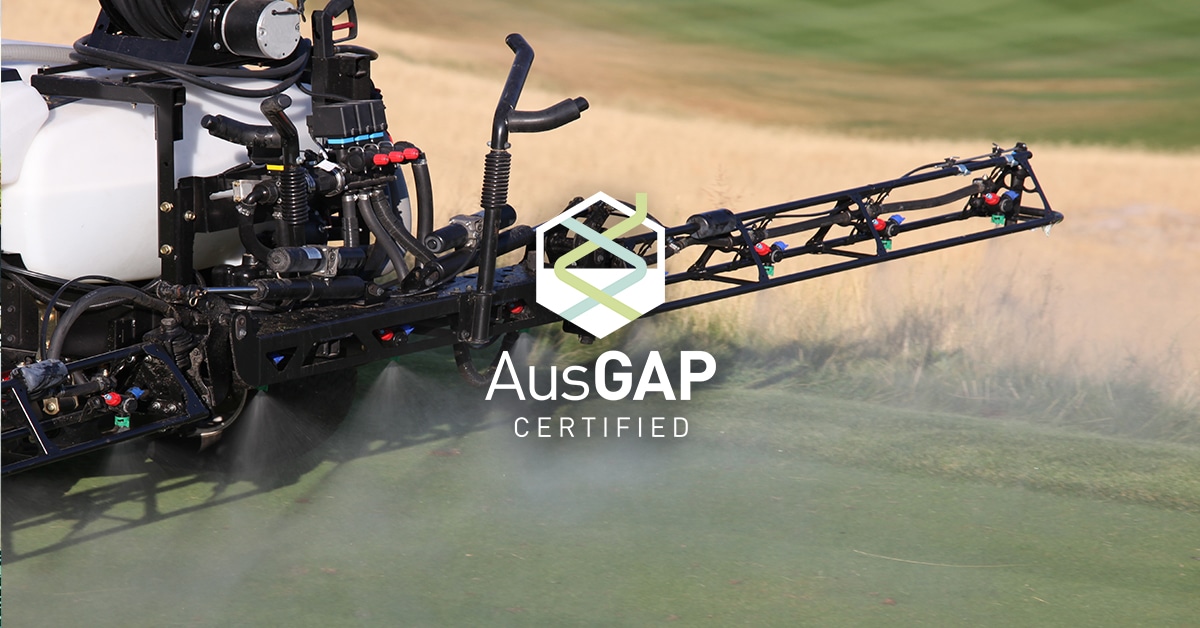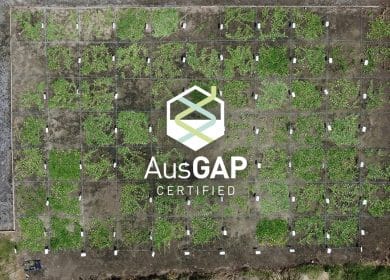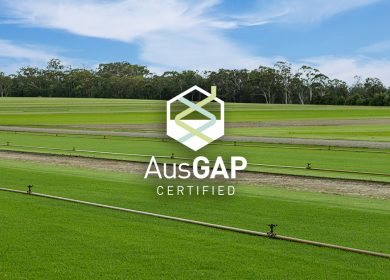Herbicide Resistance and Turfgrass Management

Weed infestations are a problematic part of turfgrass management; commercially and domestically. However, there are an abundance of herbicides at the disposal of turfgrass managers. But what happens when weeds become resistant to herbicides? The development of herbicide resistant weeds is a global problem for the turfgrass industry including production farms, sporting facilities, and parklands. Read on to find out more about herbicide resistance and its effects.
There are an estimated 400 biotypes of herbicide resistant weeds globally, spanning over 200 different plant species (Brosnan et al., 2013). The rate at which weeds are developing herbicide resistance is increasing and has an estimated negative impact of $235 million on the United States economy annually (Brosnan et al., 2020) with similar figures for Australia (Mcleod et al., 2018). With numerous cases of herbicide resistance being reported in the United States (142), Australia (61), Canada (58), France (34), Spain (33), it is easy to conclude that herbicide tolerance is an emerging issue requiring intervention (Brosnan et al., 2013).
What is herbicide resistance?
Herbicide resistance has been defined as the inherited ability of a plant to survive and reproduce following exposure to a dose of herbicide normally lethal to the wild type (Mithila et al., 2011). It could be said that over reliance on herbicides as a sole measure for weed control has allowed rare mutations causing the weed to adapt to be able to survive herbicide treatment.
Most common mutations are:
1. Alterations to herbicide binding sites that prevent effective herbicide interaction with its target.
2. Enhanced metabolic capacity that allows the plant to break down the herbicide before toxicity is achieved.
3. Altered biokinetic pattern such as absorption, translocation, and sequestration, that prevents the herbicide from reaching its site of action (SOA) within the plant.
4. Overexpression of the target enzyme that then renders the herbicide no longer effective (Brosnan et al., 2020).
What effect is herbicide resistance having on the industry?
The failure to control weeds due to herbicide resistance can have a negative effect on the value of the turfgrass industry. Certification programs such as AusGAP and its international iteration ITGAP are in place to help limit the presence of weeds in production and set highest industry practice, and continued development of herbicide resistant weeds could be problematic. Continued reliance on herbicides without supplementation of other, more sustainable methods of weed control, has accelerated the evolution of herbicide resistant weeds.
What can be done about herbicide resistance?
The development of best management practices in turfgrass production and sport turf facilities can improve this developing issue. Alternative practices such as alternating nutrient applications, alleviating soil compaction and increasing mowing heights have all been shown to better manage weed infestations and lower the need for herbicides. On the other hand, sometimes these methods are not economically sustainable for a farm or sports turf facility. Additionally, the Weed Science Society of America (WSSA) reported that the cost of bringing a new herbicide to the market in 2014 was $286 million making this option just as economically problematic (Mithila et al., 2011). Furthermore, turfgrass managers must understand the importance of preserving the effectiveness of current herbicides, due to the time needed to develop new herbicides, and to minimise herbicide resistance into the future. This can be done by planning and maintaining effective weed eradication programs encompassing all practices.
Weed management is an essential part of turfgrass management. Likewise, having an economically and environmentally sustainable weed management plan is just as imperative in order to reduce herbicide use and resistance. Whether it be a rotation of herbicides or incorporating manual handing of weeds, weed management practices conducted should be thorough as to ensure the turfgrass remains true to type but also, so the weeds don’t mutate.
References:
Mcleod, R. (2018, November). Annual costs of weeds in Australia- centre for Invasive Species Solutions. Invasives. Retrieved August 2, 2022, from https://invasives.com.au/wp-content/uploads/2019/01/Cost-of-weeds-report.pdf
Brosnan, J. T., Barrett, M. W., & Bhowmik, P. C. (2020). Herbicide resistance in turfgrass: A chance to change the future? Weed Technology, 34(3), 431–436. https://doi.org/10.1017/wet.2020.28
Brosnan, J. T., & Breeden, G. K. (2013). Herbicide resistance in turfgrass: An emerging problem? Outlooks on Pest Management, 24(4), 164–168. https://doi.org/10.1564/v24_aug_05
Brosnan, J. T., Elmore, M. T., & Bagavathiannan, M. V. (2020). Herbicide-resistant weeds in turfgrass: Current status and emerging threats. Weed Technology, 34(3), 424–430. https://doi.org/10.1017/wet.2020.29
Mithila, J., Hall, J. C., Johnson, W. G., Kelley, K. B., & Riechers, D. E. (2011). Evolution of resistance to auxinic herbicides: Historical perspectives, mechanisms of resistance, and implications for broadleaf weed management in Agronomic Crops. Weed Science, 59(4), 445–457. https://doi.org/10.1614/ws-d-11-00062.1


